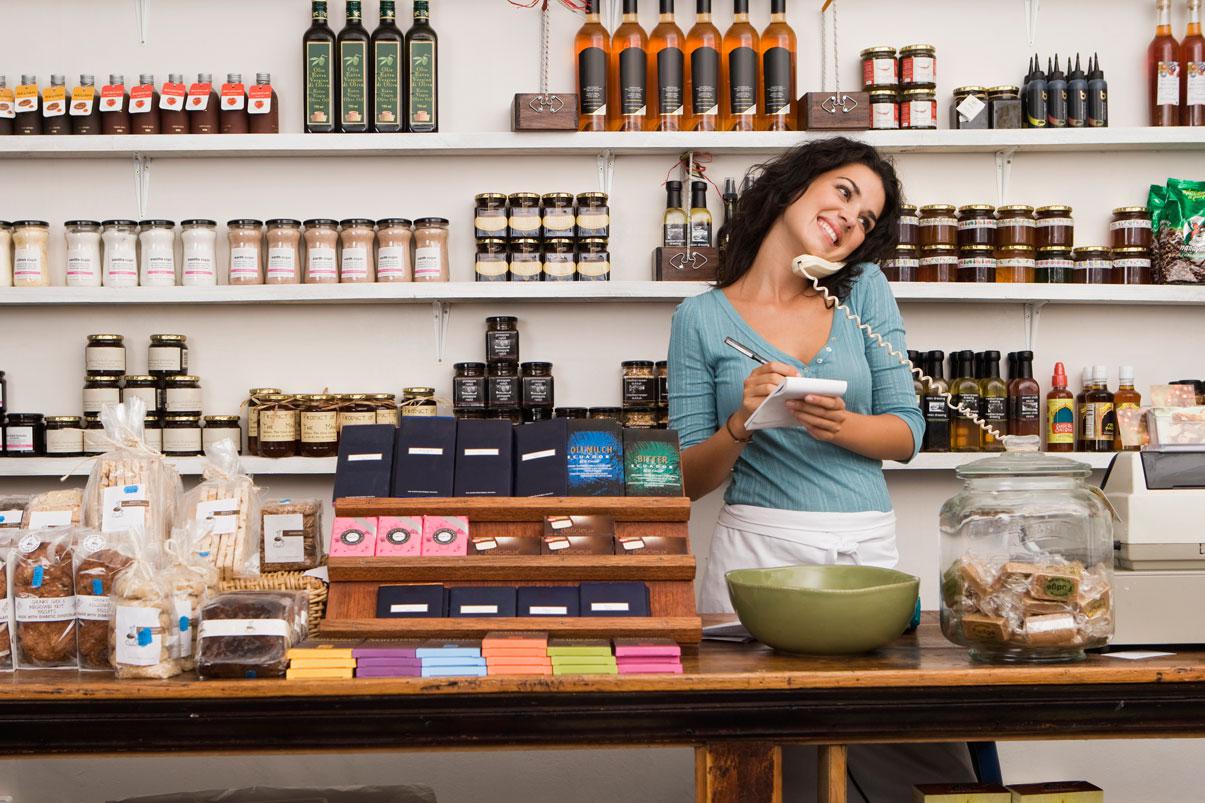Whether you own a physical storefront or sell from a virtual location on the World Wide Web, effective marketing is the key to ringing up the sales that sustain and grow your business.
But a catchy slogan and an open sign in the window are no longer enough to assure a steady stream of customers patronizing your store. You need to compete with traditional and non-traditional competitors whose marketing budgets may dwarf yours.
But dollars and gimmicks don’t create winning marketing campaigns, according to retail experts. It boils down to the classic marketing axiom of knowing your audience.
“If your message is aimed at everyone, it is not targeting anyone,” says Dave Sheffield, a Chicago, IL-based speaker, author and business consultant. “Drill down to your ideal customer's demographics, pain points and hot buttons. Speak their language and this will create rapport.”
Successful retailers recommend the following marketing materials and activities for connecting with your target customers. Here’s your checklist:
- Traditional Tactics
Despite the enormous growth of online marketing strategies, many retailers still reach their customers through conventional marketing activities such as newspaper advertising, coupons and brochures.
“Traditional marketing still works for businesses of all sizes,” says Billy Bauer, marketing director of Royce Leather, an online retailer of handmade leather accessories based in Secaucus, NJ. “These strategies can be reliable ways of keeping your business in the public eye and generating new business without breaking the bank.”
Even stationery can be effective marketing. Bauer sends hand-written letters to customers thanking them for their patronage. “All other things being equal, people prefer to do business with those they know, like and trust,” he says. “Writing thank-you notes is a very powerful way to strengthen the very types of relationships that generate word-of-mouth referrals for a small business.” - Web and Social Media
A Web site is the cornerstone of most retailers’ online presence, serving as a digital billboard and signpost for current and potential customers. Savvy retailers also choose to actively engage on the social media platforms their customers use, such as Facebook, Twitter, Instagram, Pinterest or YouTube. A quick survey of customers, through your email newsletter or at the cash register, can help pinpoint which channels your clientele favors.
Several recent studies reveal that peer reviews are among the strongest drivers of purchasing decisions, so it’s wise to leverage the growing influence of consumer review and recommendation sites, such as Google Places, Yelp and Foursquare, too. By signing up and completing business profiles on these platforms, you’ll be able to create promotional offers, view and respond to customer reviews, and monitor how people engage with your business. - Email Marketing
Maintaining a customer database allows you to reach out to your clientele on a consistent basis. By gathering email addresses at the point of sale, you build information to leverage in your ongoing marketing efforts.
Donald Haack Diamonds and Fine Gems in Charlotte, NC, uses information in its database to entice customers to shop by creating and sharing wish lists with its customers’ spouses before special occasions. “When ladies come in and point out to us what they like, we note it in our computer, with a picture and a description,” says company president, Julie Haack. “Then we send it to her husband when she has a birthday, anniversary or special occasion so he has some direction as to her tastes.” - Community Involvement
Sponsoring and participating in local events demonstrates a retailer’s commitment to the community and helps build relationships with current and future customers.
“By participating in community events, you’re seen as part of the local community and someone who cares about what’s going on,” says Jeff Weidauer, vice president, marketing and strategy at Vestcom, a retail consulting firm in Little Rock, AR. “These grassroots activities build customer loyalty, which is what makes retailers successful.” - In-Store Events
Get people into your store with lively events that showcase your products. Traverse Bay Farms hosts a daily happy hour from 10 a.m. to 11 a.m. at its gourmet fruit products stores in Elk Rapids and Bellaire, MI. Visitors taste different varieties of salsas and BBQ sauces on sampling tables and also receive a $1 discount on all products.
“We sell T-shirts that say, ‘My Happy Hour Starts at 10:00 a.m,’ which are very popular,” says director of marketing and managing partner Andy LaPointe. “We have groups of people coming in and saying they want a shirt to show their friends, so they really have been a hit and generated some great word-of-mouth buzz for us.” - Aisle Marketing
A retail environment provides built-in marketing opportunities, says Weidauer, who cites a recent Nielsen study in which 72 percent of consumers indicated they learned about new items while shopping in a store.
“The shelf edge is the single most effective medium to engage the shopper at the point of decision,” Weidauer explains. He suggests printing and posting colorful details about products—including promotions, discounts, staff or customer recommendations and related products—directly along shelves. “It’s not a huge investment, easy to change and incredibly effective,” he says.
Regardless of which tactics you employ, Sheffield recommends challenging the status quo to distinguish your business from others.
“If you are soliciting new customers via snail mail and it looks like every other mailing out there, forget it,” he says. “Get creative. If you normally market online, try offline. If you normally market offline, try email or text marketing.”
Mike Plotnick
Quill.com Contributing Writer
Mike Plotnick is a writer, publicist and social media convert who helps businesses elevate their stories. Based in St. Louis, Mike has overseen PR and communications programs for a diverse range of organizations. He enjoys fitness, chocolate and the St. Louis Cardinals. Find Mike on Google+.


